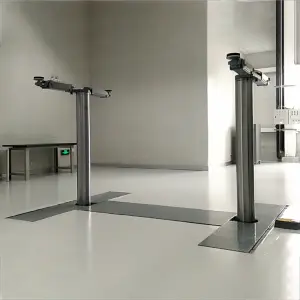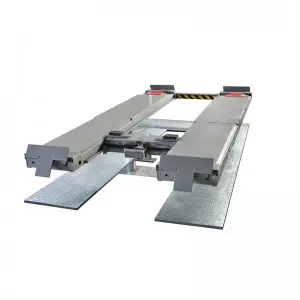The cylinder is a shape that is often taken for granted in our everyday lives. From the cans that hold our favorite beverages to the engines that power our vehicles, cylinders play a crucial role in various aspects of modern society. But what exactly is a cylinder, and why has it become such a ubiquitous shape in the world of engineering?
At its most basic definition, a cylinder is a three-dimensional shape with two parallel circular bases connected by a curved surface. The most common example of a cylinder that we encounter on a daily basis is a can of soda or soup. These cylindrical containers are used to store liquids and preserve their freshness, thanks to the shape’s ability to efficiently contain the contents while occupying minimal space.
In engineering, the cylinder’s geometric properties make it an ideal shape for a wide range of applications. One of the most iconic uses of cylinders in engineering is in the design of engines. The combustion chamber of an internal combustion engine, for example, is typically shaped like a cylinder to allow for efficient combustion and energy conversion. The piston, another essential component of an engine, also moves in a cylindrical motion within the cylinder to generate power.
Cylinders are also commonly used in hydraulic systems, where the shape’s uniform cross-section allows for the efficient transfer of fluid pressure. Hydraulic cylinders, for instance, are used in heavy machinery and industrial equipment to provide linear force and motion. These cylinders are often made of high-strength materials like steel to withstand the intense pressure and load they are subjected to in various industrial applications.
Aside from mechanical applications, cylinders have also found their way into the world of architecture and design. The use of cylindrical shapes in buildings and structures can create a sense of continuity and flow, as seen in iconic structures like the Guggenheim Museum in New York City. The cylindrical shape of the museum’s exterior not only serves an aesthetic purpose but also houses a continuous ramp that allows visitors to experience the artwork in a seamless and uninterrupted manner.

Unlocking the Secrets of the Cylinder: The Versatile Shape That Revolutionized Engineering

Unlocking the Secrets of the Cylinder: The Versatile Shape That Revolutionized Engineering
Furthermore, cylinders are also used in the design of transportation vehicles such as airplanes and rockets. The fuselage of an aircraft, for instance, is often cylindrical in shape to minimize air resistance and improve aerodynamic performance. In the case of rockets, the cylindrical shape of the fuel tanks allows for efficient storage and delivery of propellant, which is crucial for achieving the necessary thrust to escape Earth’s atmosphere.

Unlocking the Secrets of the Cylinder: The Versatile Shape That Revolutionized Engineering
In conclusion, the cylinder is a versatile shape that has revolutionized engineering in numerous ways. From its practical applications in mechanical systems to its aesthetic appeal in architecture, the cylinder continues to play a vital role in shaping the world around us. By understanding the unique properties and capabilities of this simple yet powerful shape, engineers and designers can unlock a myriad of possibilities for innovation and creativity.New Engery Vehicle Battery Lift
